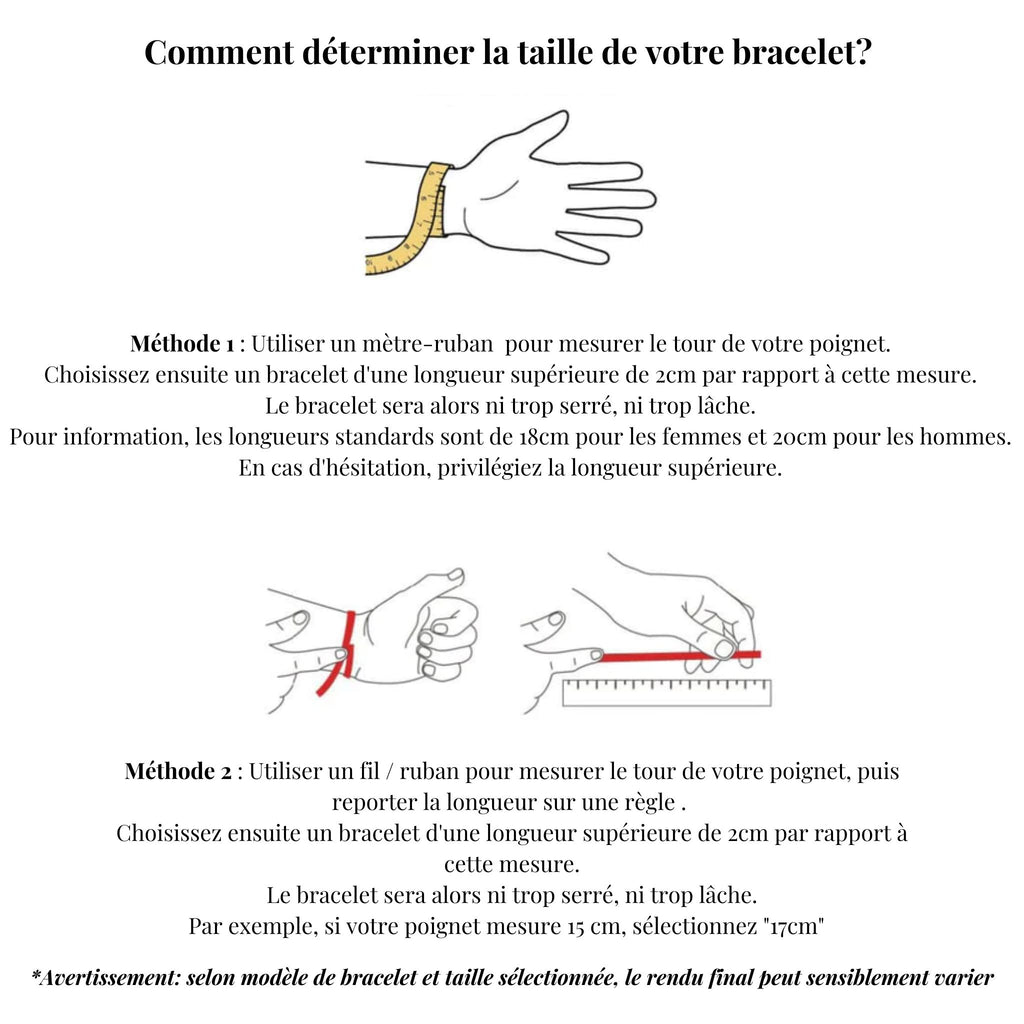Yoga postures of the crown chakra

In the entire chakra system, the crown chakra is the highest source of energy, and it combines the individual attributes of the 7 chakras.
The energy of your crown chakra allows you to feel eternal love and peace with all living beings and everything around you.
The crown chakra, or Sahasrara in Sanskrit, keeps you in touch with the Divine and your higher self, giving you a feeling of knowing that there is a higher purpose and order in life. Its color is purple and it is located at the top of your head.
The main purpose of the crown chakra is to connect you through spirituality, self-realization, wisdom and enlightenment with the divine force and infinite source of healing energy. Your crown chakra serves as a clear, energetic channel to your higher self.
So what are the benefits of yoga for your crown chakra?
Adding yoga to your daily routine is a perfect way to relax and align all the chakras in your body.
There are many yoga postures (asanas), which can be used for individual chakras, but keep in mind that ultimately they will bring many benefits to your body as a whole.
Some of the most effective yoga poses for the crown chakra are postures that stimulate energy and blood flow to the head.
The supported headstand is one of my favorite yoga poses for the crown chakra, and I have been practicing it for many years.
However, if you have a back or neck injury, I don't recommend it. You can replace it with Viparita Karani (legs along the wall pose), which is probably the second best pose for your crown chakra.
Let's take a look at some of my favorite yoga poses for the seventh chakra:
Lotus pose - Padmasana

Lotus Pose is perhaps the most popular yoga pose today, even for people who don't practice yoga. Many people consider it the “classic” yoga position.
The lotus position, or Padmasana, is a cross-legged yoga pose that helps you achieve a deep meditative state and bring your attention to the crown chakra. It calms your mind and relieves many physical problems.
Lotus pose requires good awareness and great flexibility in the hips to be performed correctly.
The full position involves stacking both legs on top of each other, but you can start with a simple cross-legged position, experiment with the half lotus variation (one foot is bent and the other rests on the floor), and progress.
Corpse Pose - Savasana

Corpse Pose, or Savasana, is normally performed at the end of yoga practice, so that you can fully absorb the results of your session.
Although it feels like a nap, it's actually an invitation to stay present and mindful for 5-10 minutes.
It allows you to calm your mind and enter a deep meditative state. In the Savasana pose, you slow your breathing, lie on your mat with your eyes closed and your palms facing up.
Headstand - Sirsasana

If the crown chakra is the king of the seven chakras, the supported headstand, or Salamaba Sirasana, can be called the king of all yoga postures.
Headstand is one of the best inversion postures, which increases blood flow to the brain, cleanses the lymphatic system, and strengthens the upper body. Sirasana requires a lot of concentration and awareness, and uses most of the stabilizing muscles.
Many people are afraid of Sirasana, and one of the biggest problems is the fear of falling on your back. You can overcome this fear by practicing this pose against a wall.
You can also use a yoga block or soft blanket to further support your neck and arms.
If you think headstand isn't for you, try Viparita Karani (legs up the wall pose) first. You will get used to the feeling of blood flowing from your lower body to your head.
Tree pose - Vrksasana

Vrksasana is a wonderful balancing pose, which circulates energy down the spine, up to your crown chakra.
Although tree pose may seem simple at first glance, the combination of strength, balance and concentration is necessary to achieve correct form.
Practicing this posture daily will increase your concentration and ability to concentrate in all aspects of your life, especially in times when you feel "off balance."
Tree Pose teaches you that the benefits of a meditative mindset can be achieved in any yoga position (not just when you lie in Savasana or sit in Lotus Pose).
Peacock pose - Pincha Mayurasana

Peacock pose is a difficult inversion pose, which requires a solid foundation in yoga.
If you ever want to hold Pincha Mayurasana, you must let go of your ego because the path to achieving this posture is a most humble one.
Your strength, power, flexibility and concentration will be put to the test. You can use Downward Facing Dog and Dolphin Pose as preparation yoga poses to get used to being upside down in Pincha Mayurasana.
Your Favorite Yoga Poses for the Crown Chakra
Now it's your turn.
- Have you tried any of the poses mentioned in this article?
- Did I forget to mention some of your favorite poses?






















